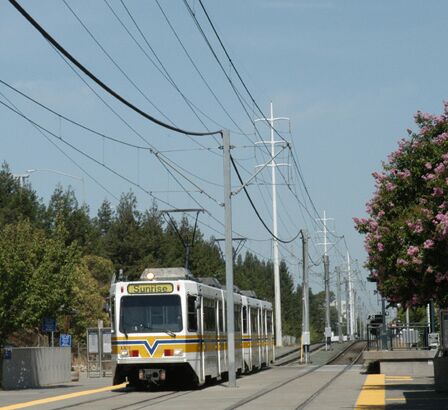Coaxial cable is used as a transmission line for radio frequency signals, in applications like connecting radio transmitters and receivers with their antennas, pc network (Net) connections, and distributing cable television signals. One advantage of coax over different sorts of transmission line is that in a perfect coaxial cable the electromagnetic field carrying the signal exists solely in the house between the inner and outer conductors. This enables coaxial cable runs to be put in subsequent to metal objects like gutters without the power losses that occur in other transmission lines, and provides protection of the signal from external electromagnetic interference. Coaxial cable should not be confused with other shielded cable used for carrying lower frequency signals like audio signals. Shielded cable is similar in that it consists of a central wire or wires surrounded by a tubular protect conductor, but it's not constructed with the correct conductor spacing required to operate efficiently as a radio frequency transmission line.

